The Dakar Rally is difficult on two different levels. It’s insanely hard to finish and even harder to start. To get there , you have to jump through one hoop after another, from learning the discipline of rally navigation to procuring an almost ridiculous amount of support and funding. Jacob Argubright now has three Dakar Rallys under his belt as a privateer. For 2025, he was 22nd overall and oftentimes was mixing it up with factory-supported riders. After he got home, we talked about his time in Saudi Arabia.
Dirt Bike: This year you were on the RS Moto team and last year you were on Duust. How are those teams structured?
Jacob Argubright: Last year I was on a RS Honda bike but I was taken care of by my original team Duust. It’s a fly and ride program, which is what a lot of people do. Duust was contacted by RS Moto about this bike, they needed a rider and it was a testing gig. So I said yes. This year I was strictly on RS Moto and they had four riders.
DB: Was it like a factory bike?
JA: No. The factory bike is 100 percent different from frame to motor to everything. It’s a beautiful piece of machinery. This bike, the one I’m riding, is now for purchase and it’s basically a CRF450RL frame, a CRF450rL bottom end and the R top end, mixed with all the custom parts to make it legal for rally. Their goal is to use as many stock parts as they can to build a rally bike that can compete with the KTMs.
DB: Are they building these for sale to the general public?
JA: Yes. They just released them. I don’t know how many; I think less than 100, which is pretty typical for a rally bike and it will be around $27,000. Their plan is to start selling them and do what KTM is doing. And next year RS Moto will have another truck and carry all the parts to support them.
DB: So this is a pay-to-play deal for you. Do you have to come up with money up front for this?
JA: Yes. So thankfully it’s been a little cheaper for me every year but I still have to come up with a significant amount of money.
DB: Did you consider a team like the BAS KTM team?
JA: No, my team is like family to me now and they also have good bikes. But BAS is amazing. They have a beautiful operation and they’ve had a lot of success. Of course everyone wants to take them down. I’m friends with Konrad Dabrowski who is one of the riders at Duust so if I get to tear it up with him, someone I’ve become really close with, it works out better.
DB: How much do you have to raise to do this?
JA: This year my chip-in share was under $30,000.
DB: Did you have your entry paid by the Road to Dakar program?
JA: No. I’ve never had that. The first year I fund-raised, sold a bunch of bikes, the second year, I sold some stuff, had some family and friends help me, and I still have a little bit of debt to pay off that I’ll just pay. I pay what I have to and then worry about it later. That’s why I pretty much do only one race a year. It literally takes everything from me.
DB: Your resume in the U.S. is as strong as any rider. Do you see a path forward to a factory effort?
JA: Yes. That’s why I’m focused on this. Like you say, my resume is good. I’m 34 years old so I’ve done enough racing in the U.S., even though I miss it all the time. This is something I want to focus on and rally riders can race a little longer in age. I want to focus and give it my all. If I didn’t think there was a path forward, then I probably wouldn’t do it.
DB: In outright speed, what do you think the difference is between you and the factory guys?
JA: You know, it’s not much. My riding ability has always exceeded my navigation ability. The desert there is amazing, I’m very comfortable in it. If you look at the last day I was only two minutes down after an hour and I was in 19th place or something, That gives you an idea of how close it is. Everyone there is super good as far as riding ability.
DB: Well, they’re super good around you. There are the survivors behind you.
JA: Even those guys are pretty good. To get to Dakar is so difficult, and they had to put in a tremendous amount of work to be there.
DB: What were your best and worst days this year?
JA: I don’t remember the position but on the day I broke my chain guide, I ended up tearing the welds off and bent the sprocket. I had to lay the bike over, get it all off, bend the sprocket back and then I just cruised in, but the chain kept coming off. That was probably my worst finish. I think I got as high as 14th twice.
DB: Now it seems like there are fewer factory rides with GasGas and Husky pulling back. Do you think that’s the future or do you think there are more factory teams like Kove and Hero stepping up?
JA: There will be more factories joining in and I’m hoping to be part of one. There will be more Japanese and Chinese brands showing up–they’re coming.
DB: Do you ever wonder why the heck you’re out there?
JA: Yes, all the time. But the desert is amazing. Physically, it’s not that tough. Mentally, it’s a grind. It’s cold, and my cold weather gear was not that good this year. It’s like getting pricked a little bit by a needle over and over. It grinds you down.
DB: How far do you have to go before you’re in the Ricky Brabec category?
JA: It’s tough. Riding is easy for me. Navigation is not. It’s been a big challenge. I’m good when I practice, but to go at a hare & hound pace and navigate is tough. I forget some things. I feel like I’m very close. If I see someone, I have no trouble keeping up. But when the navigation is tough and I’m pushing too hard, I make mistakes and it costs me time. If you get lost for two or three minutes, everyone is so close it dings you a lot.
DB: So what’s next for you?
JA: We’ll talk to some factories, try to secure a deal and start saving up. I’ve never been able to train. The last three years have been scrounging to find money. I’d like to get that done earlier so I can come in a little better prepared. If anyone has the opportunity to do it, they should because it’s life-changing and it’s cool.
MECUM AUCTION
The biggest vintage motorcycle happening of the year takes place each February at South Point Resort in Las Vegas. It’s the Mecum Auction where you can find every motorcycle you’ve ever heard of–and quite a few that you haven’t. High-rollers commingle with lookie-loos to check out hundreds of dirt bikes, street bikes, racers and choppers. This year I walked the floor checking out all the bikes I could’a had. Here are some that caught my attention.
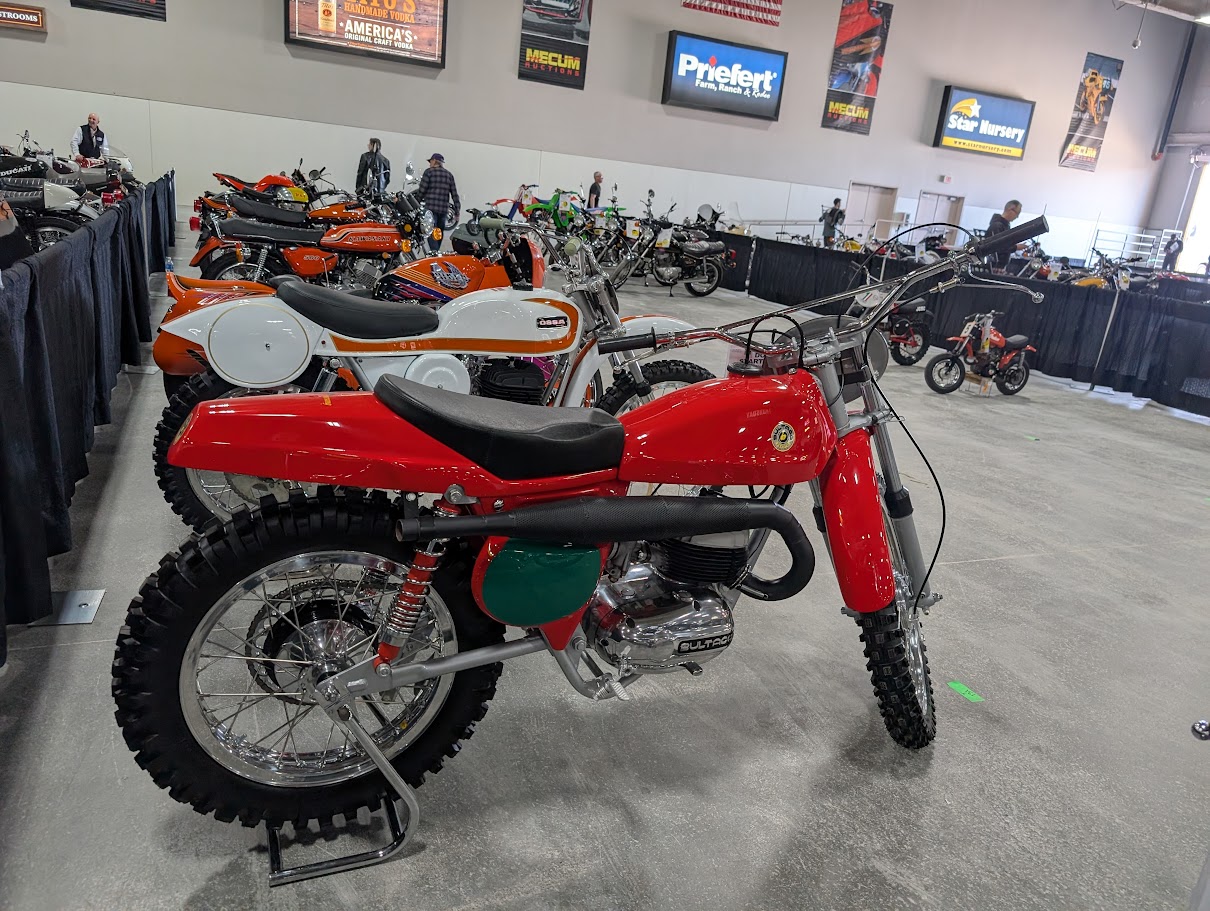
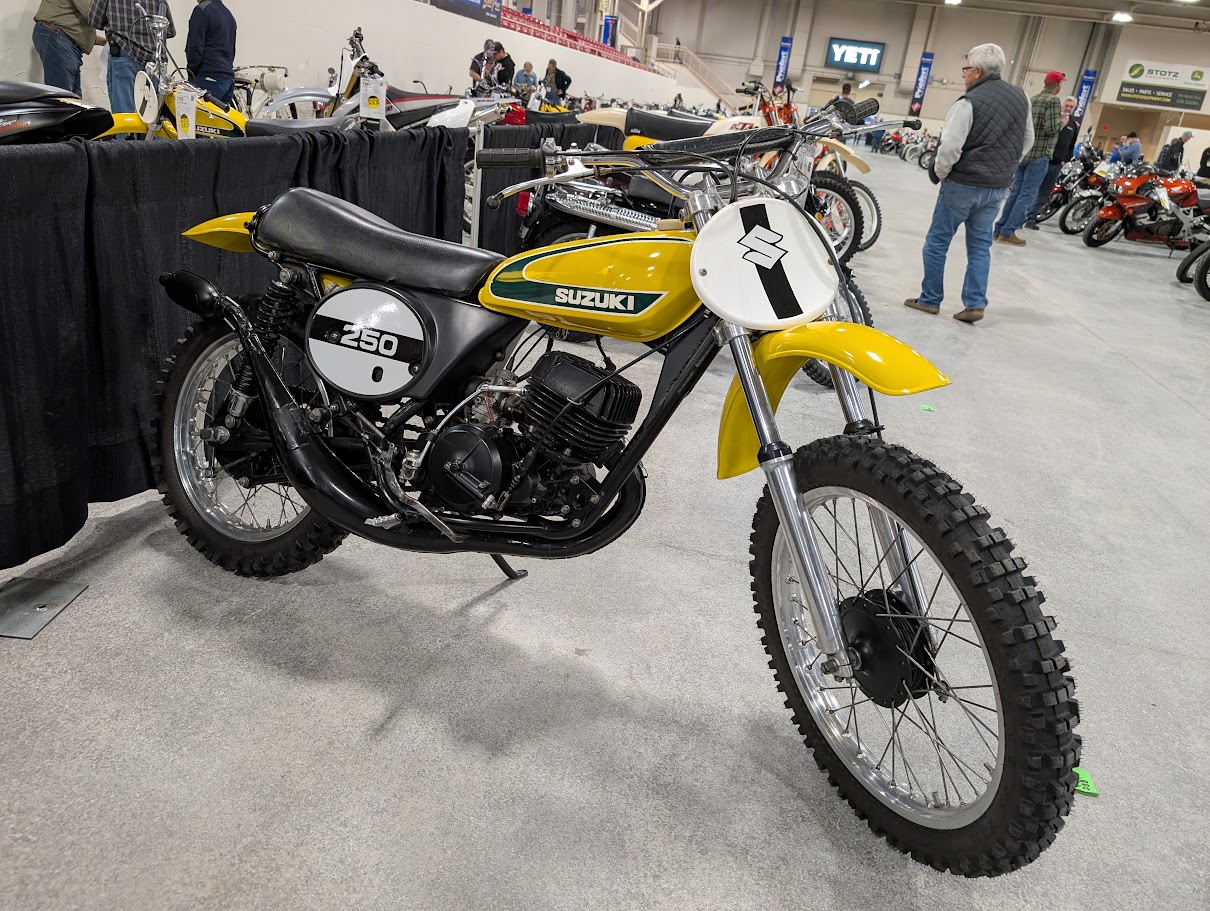
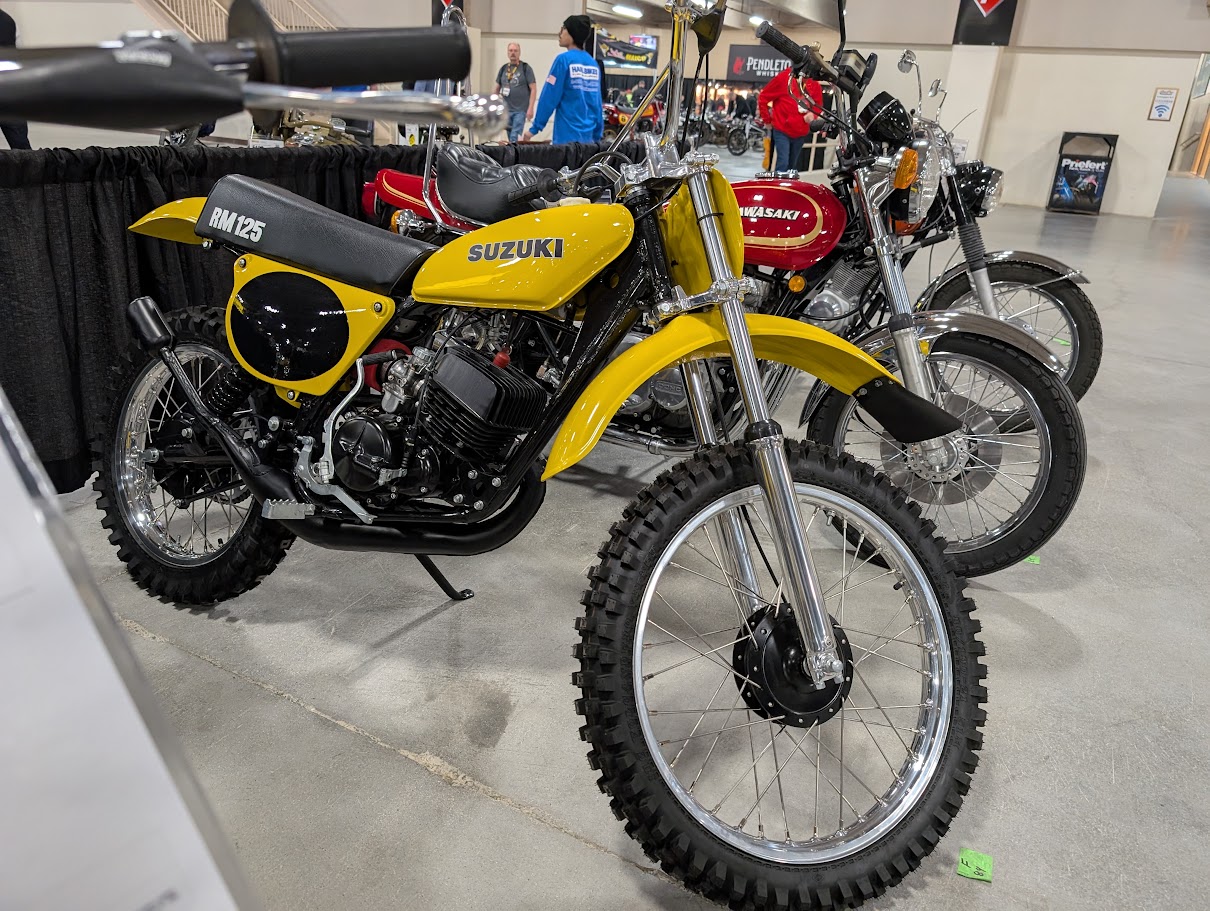
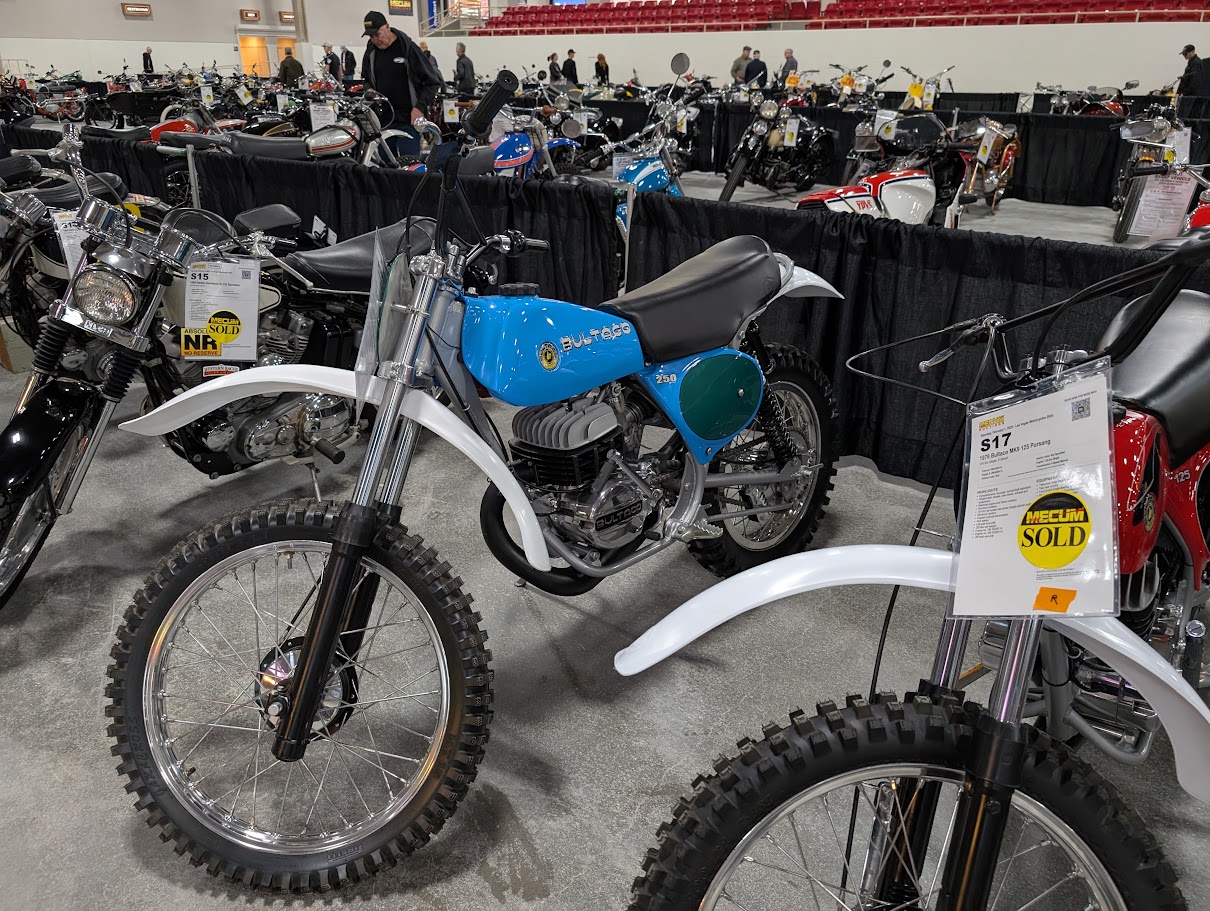
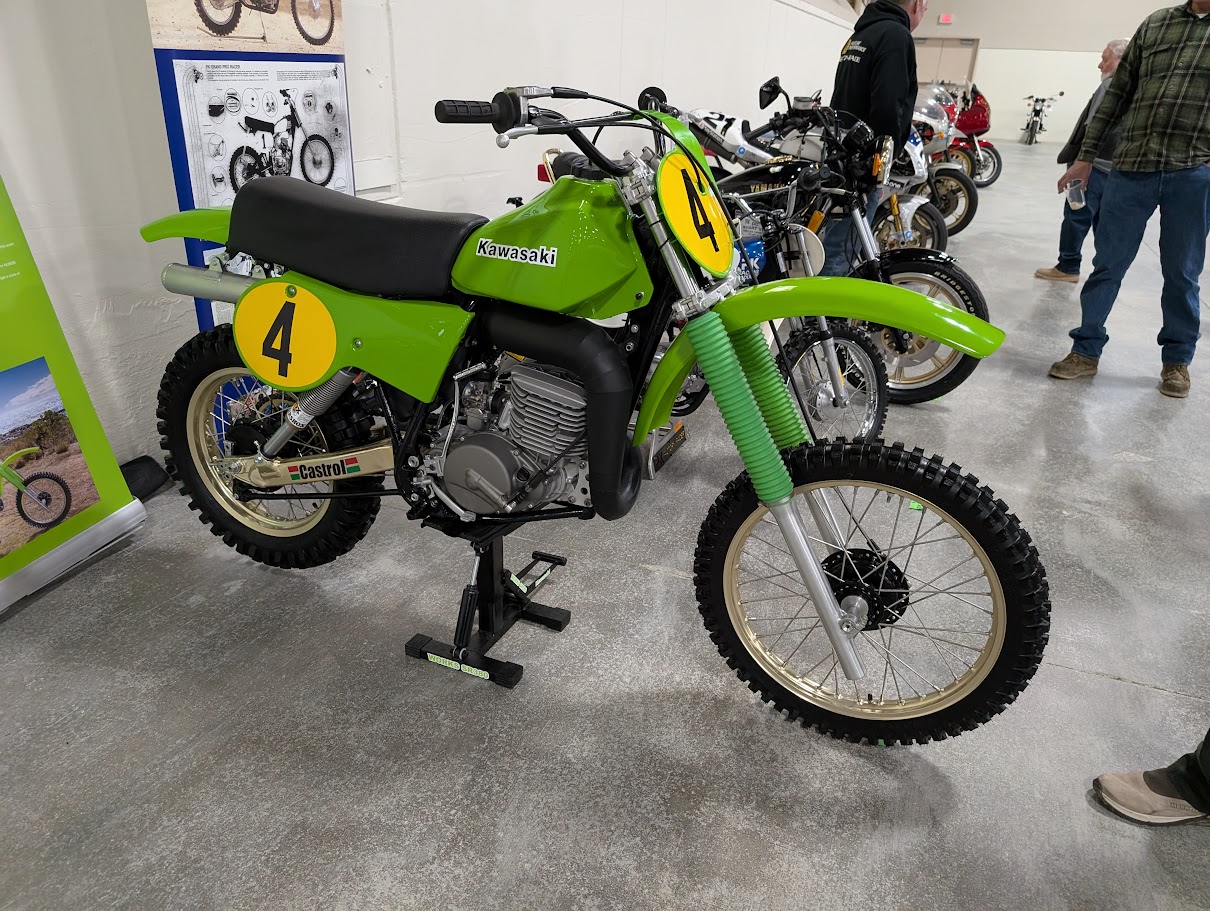

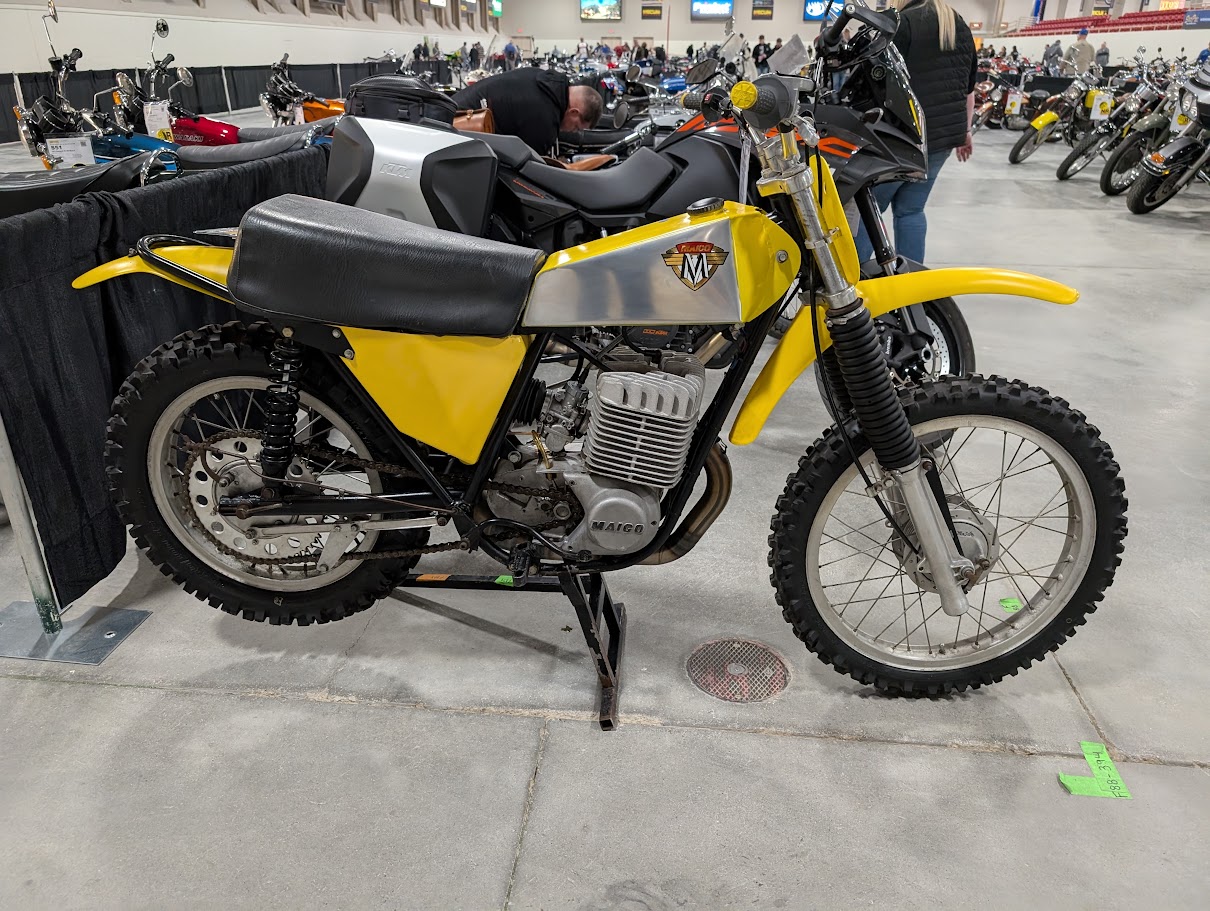
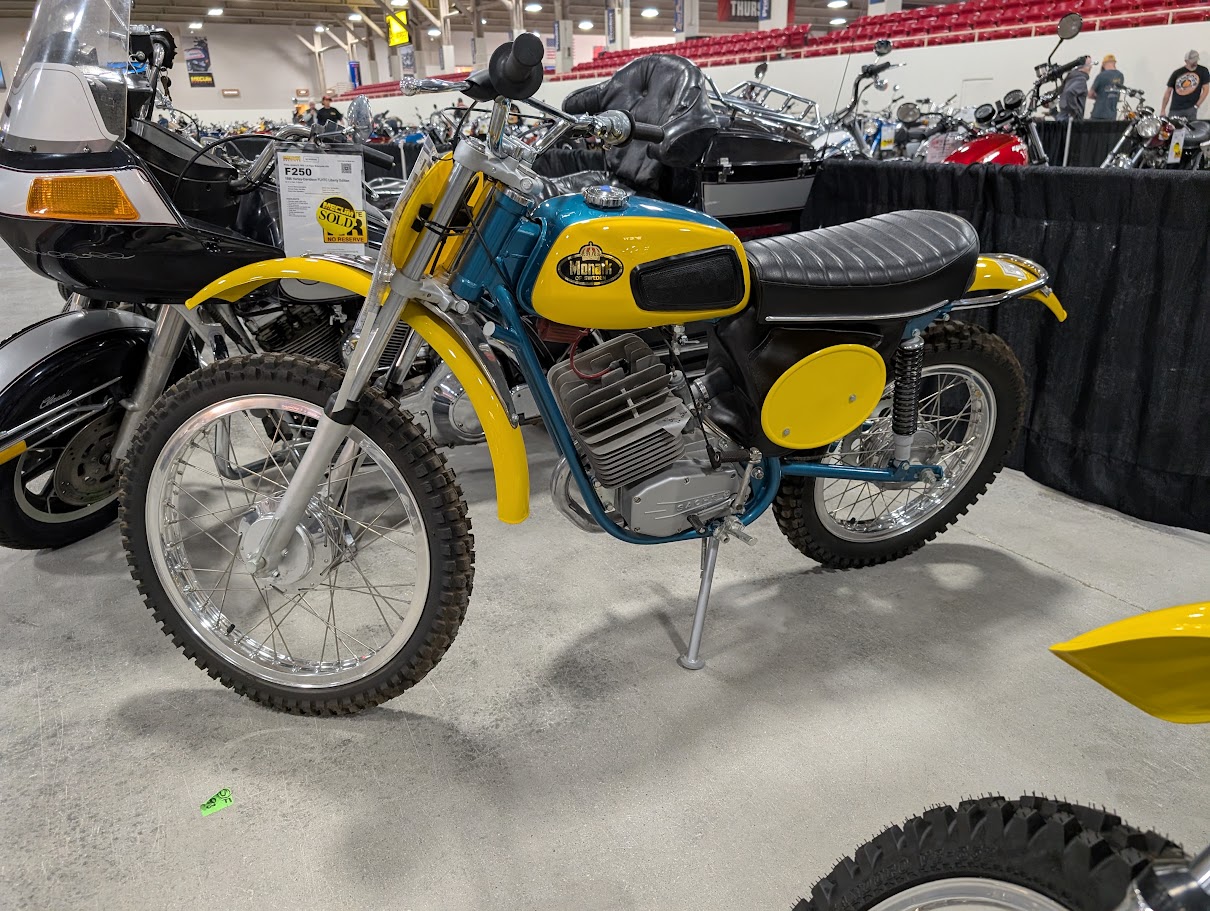
HOTSHOE HALL OF FAME![]()
I was invited to Gene Wood’s Hotshoe Hall of Fame banquet last weekend. Gene is a former speedway rider who now runs a kart track on Fremont street in downtown Las Vegas. He’s transformed the lobby of his facility into a museum to commemorate flat-trackers and industry icons. It was an incredible gathering! I drove there with Gary Jones, but Doug Dubach was there with Ty Davis, Brad Oxley, Scot Harden, Bubba Shobert and literally hundreds of others. It was kicked off with a go-kart race. I was eliminated early, but Gary made it to the final. Jimmy Lewis was the eventual winner. If you’re in Vegas, check it out!
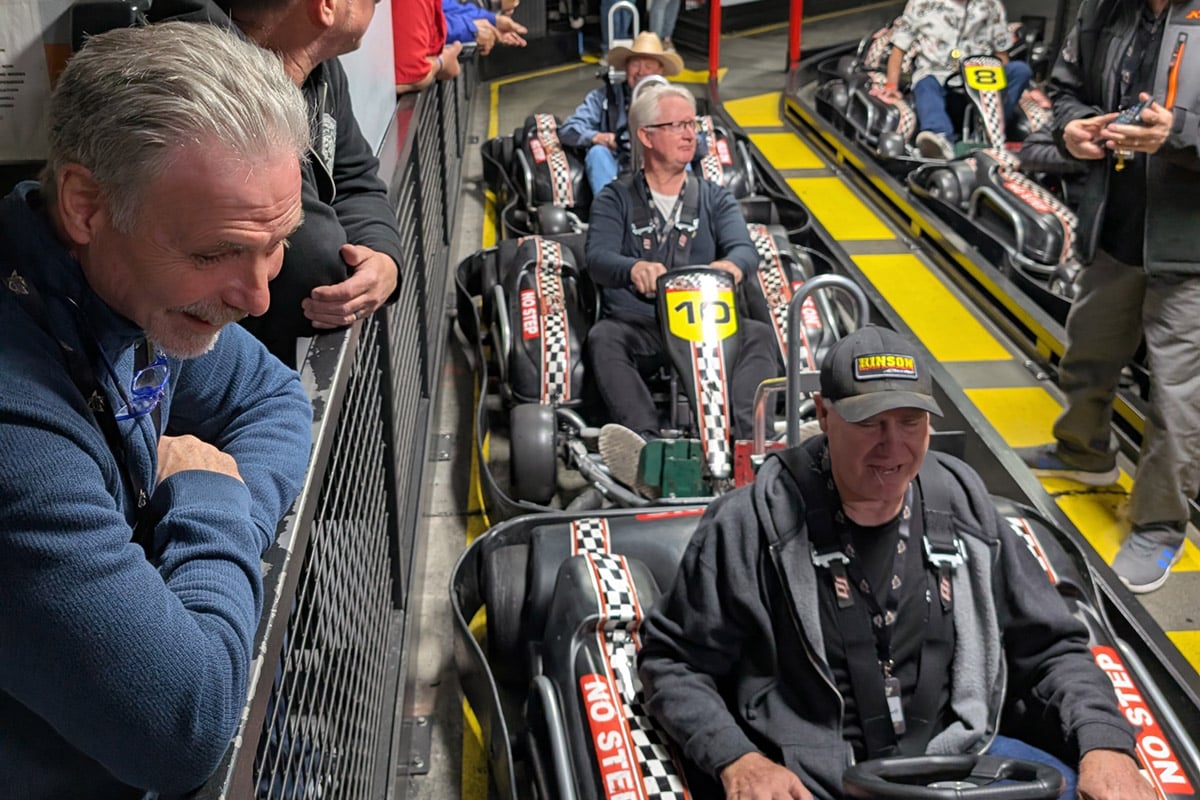
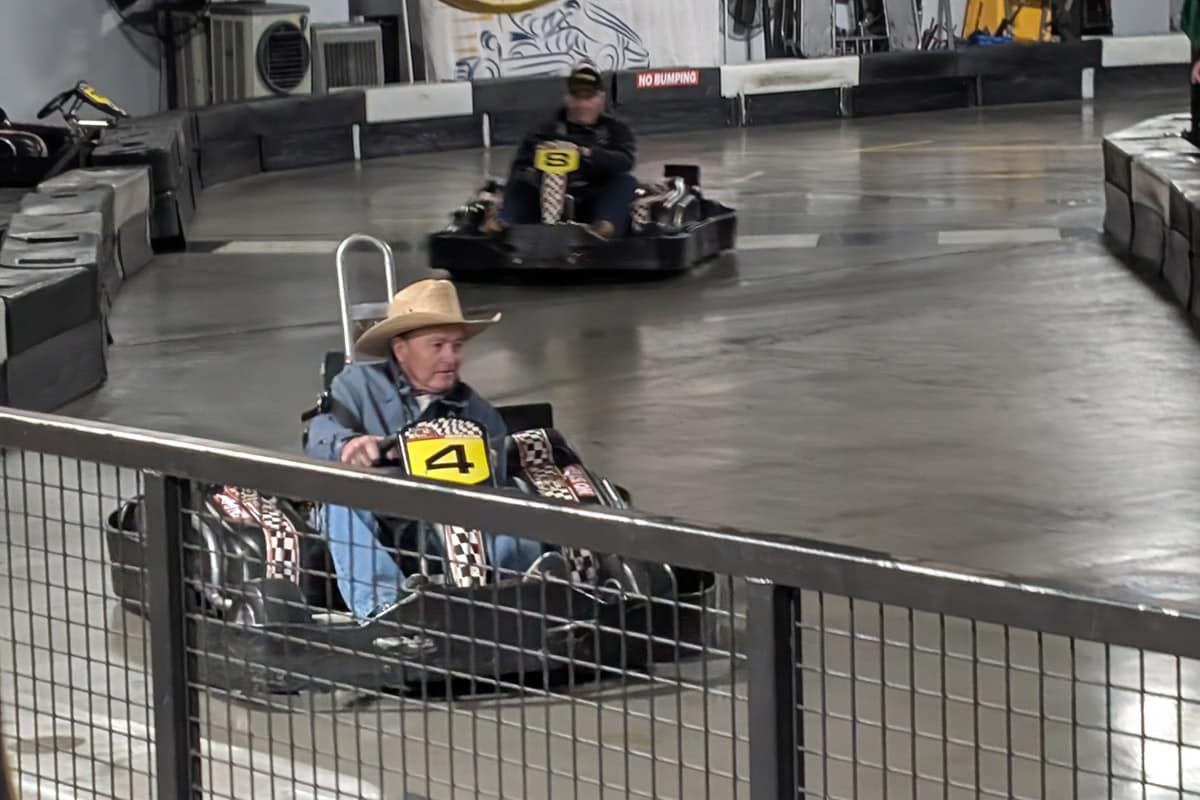
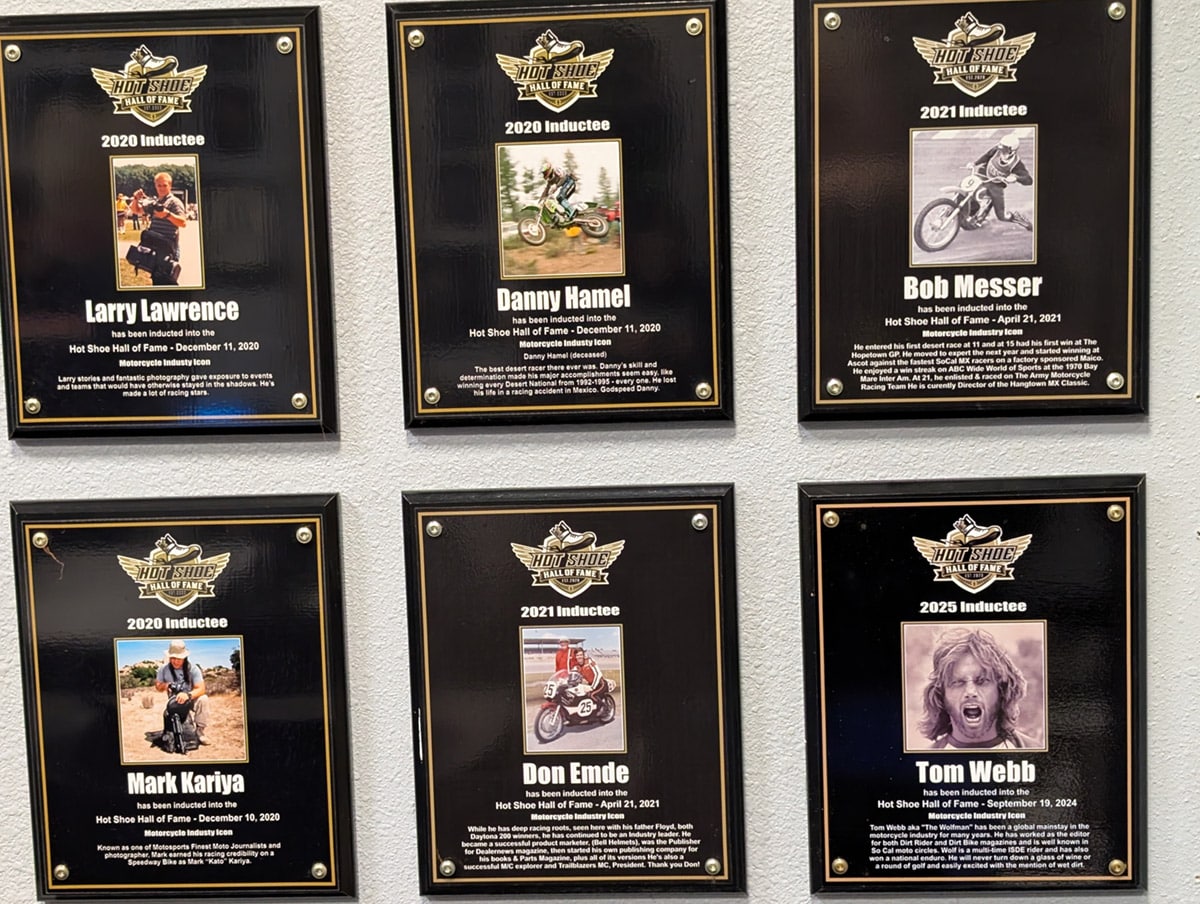
See you next time!


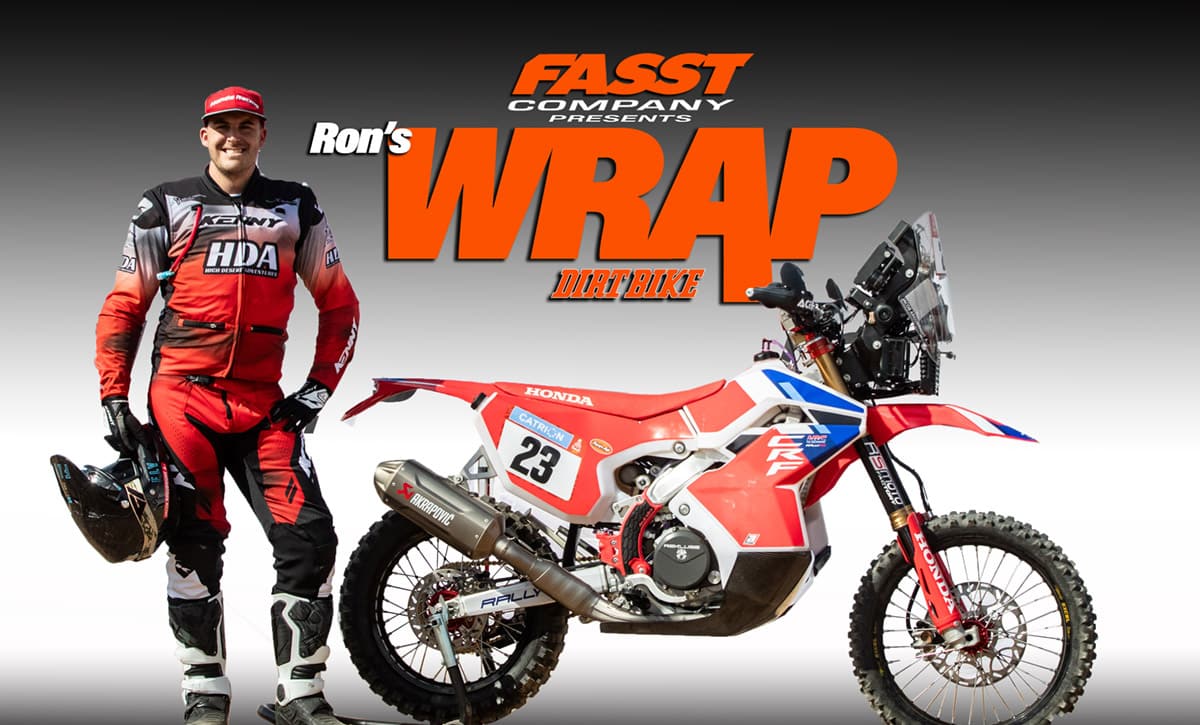
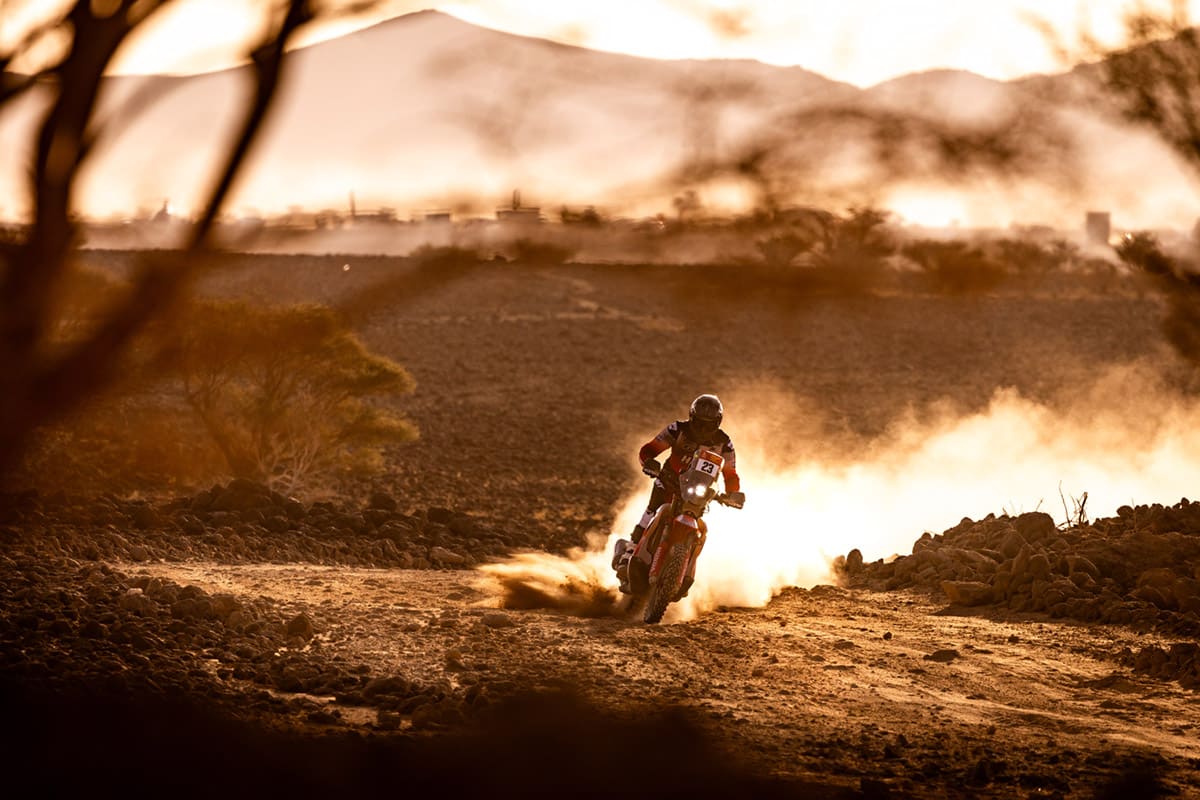
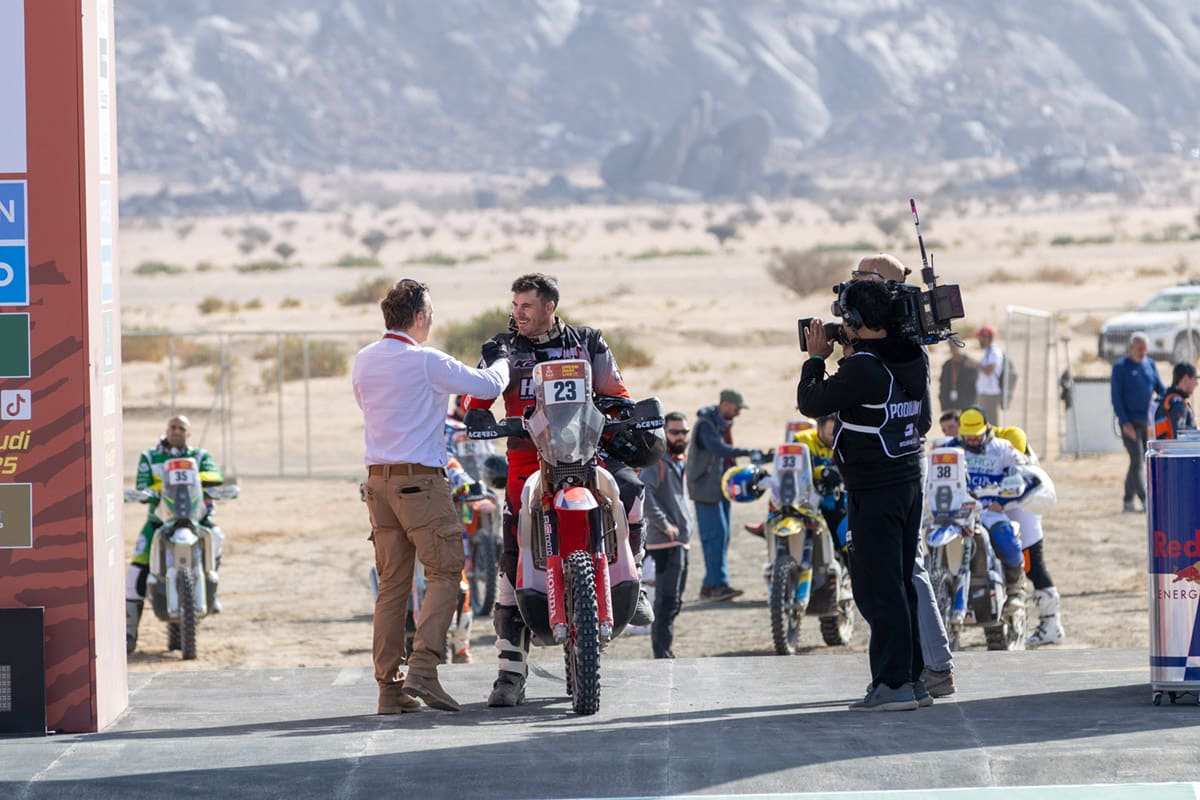
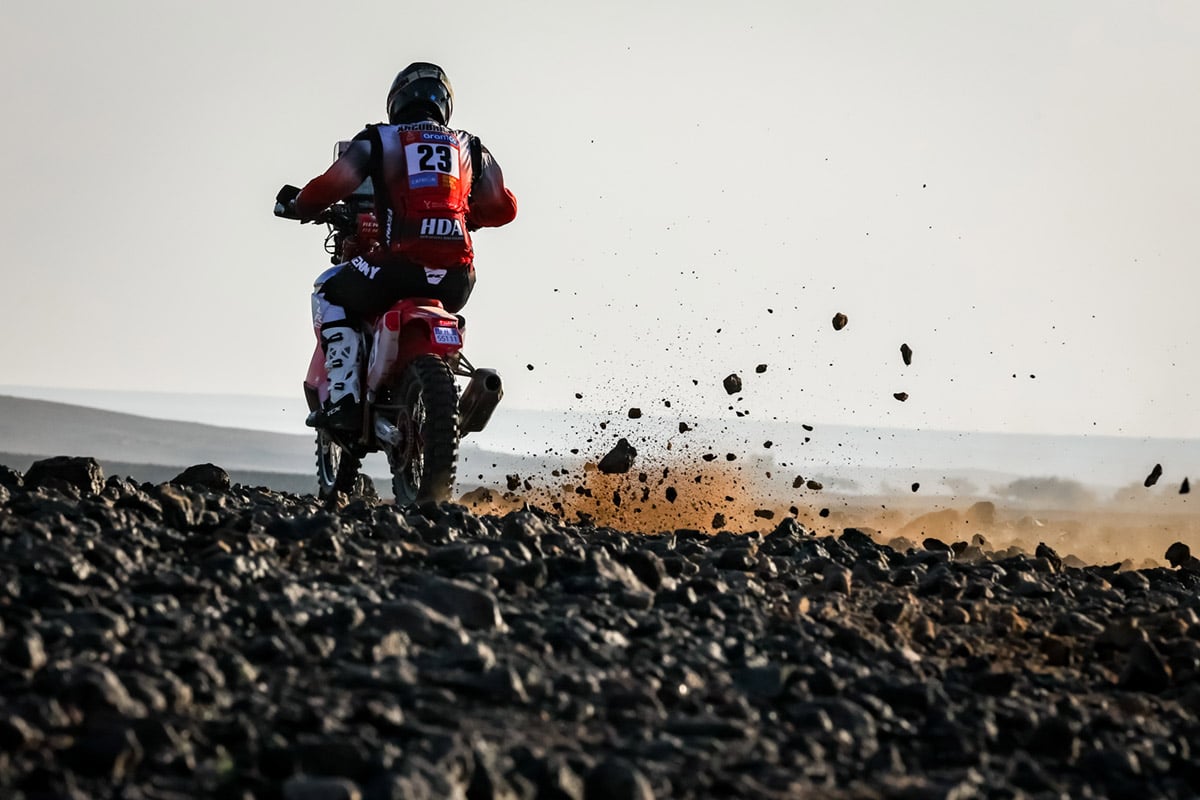
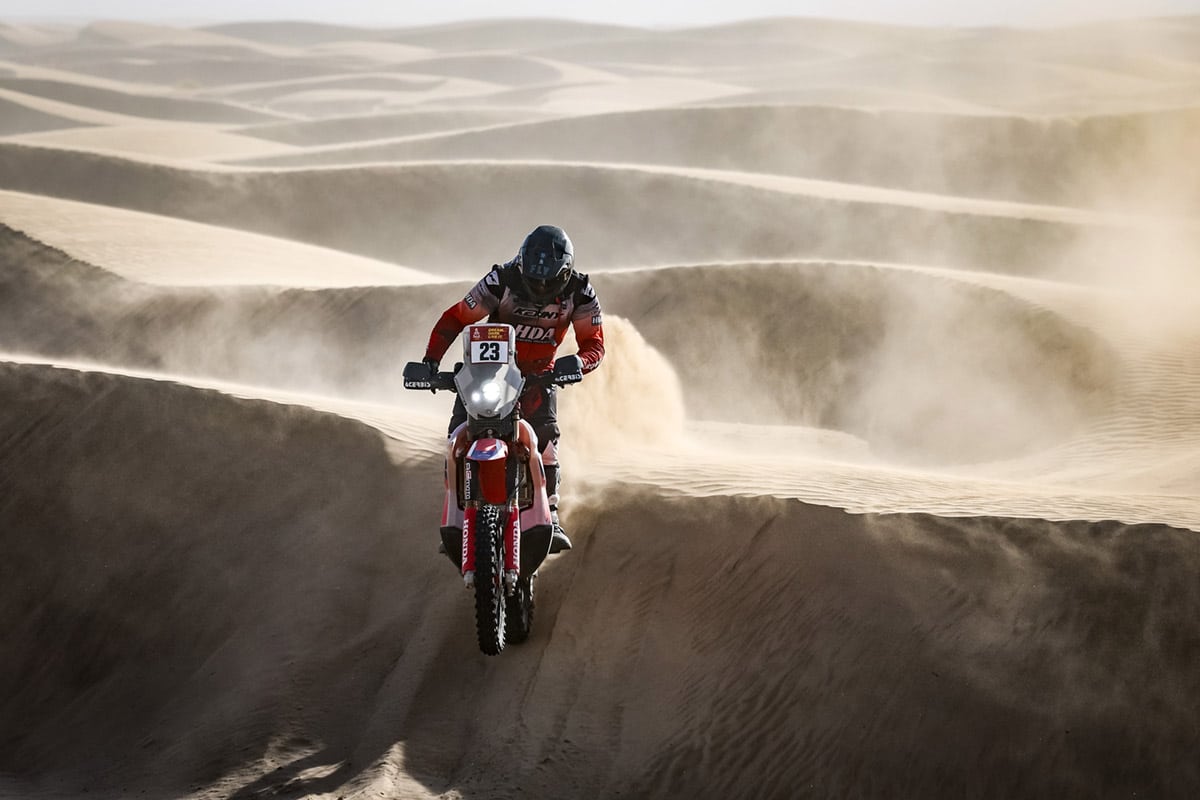
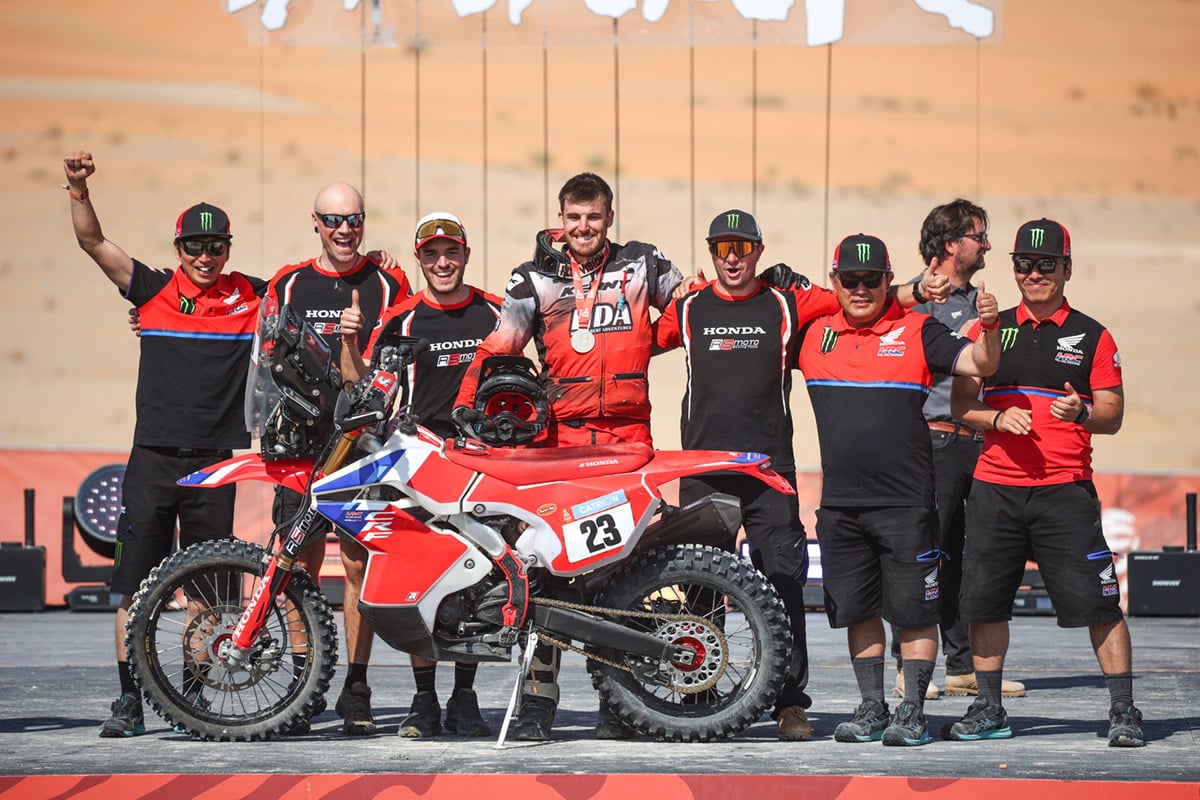
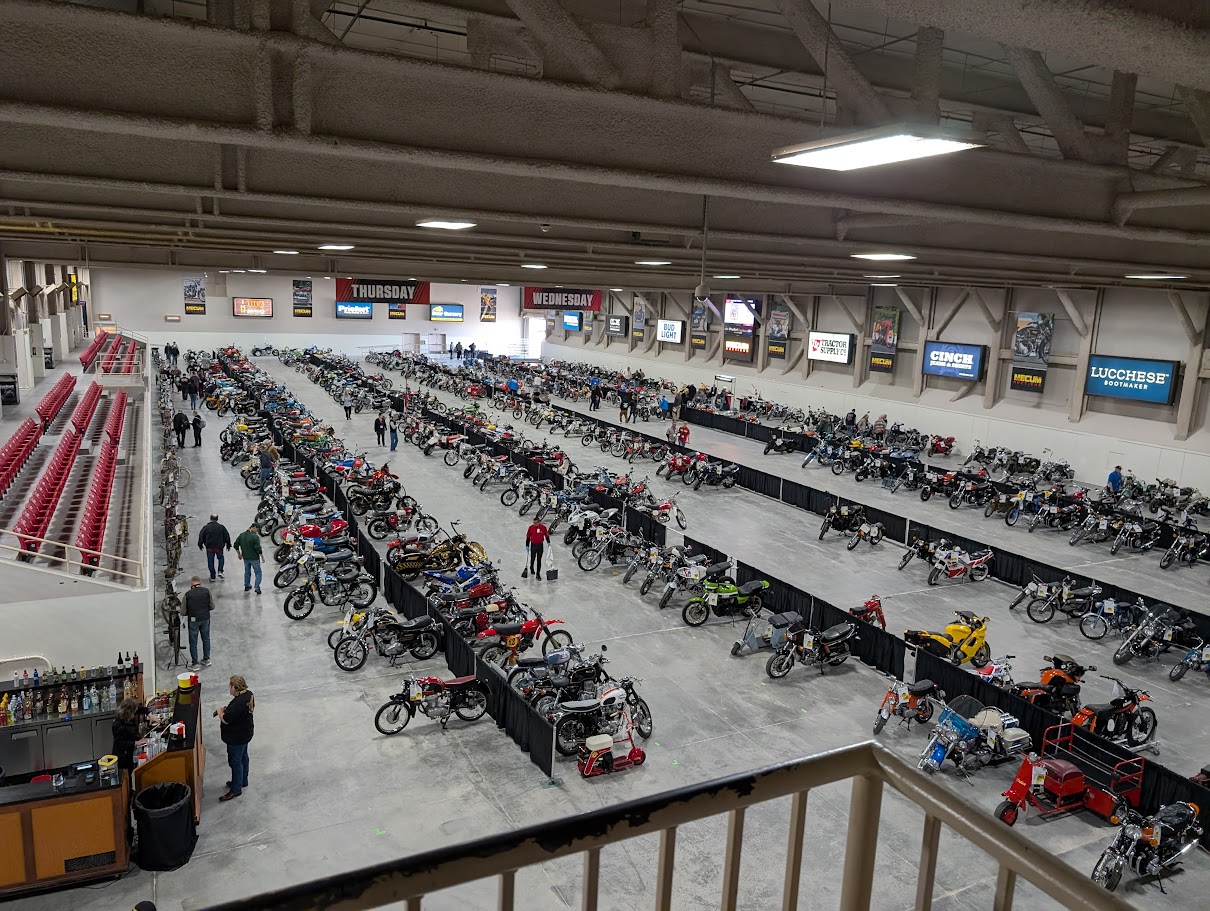
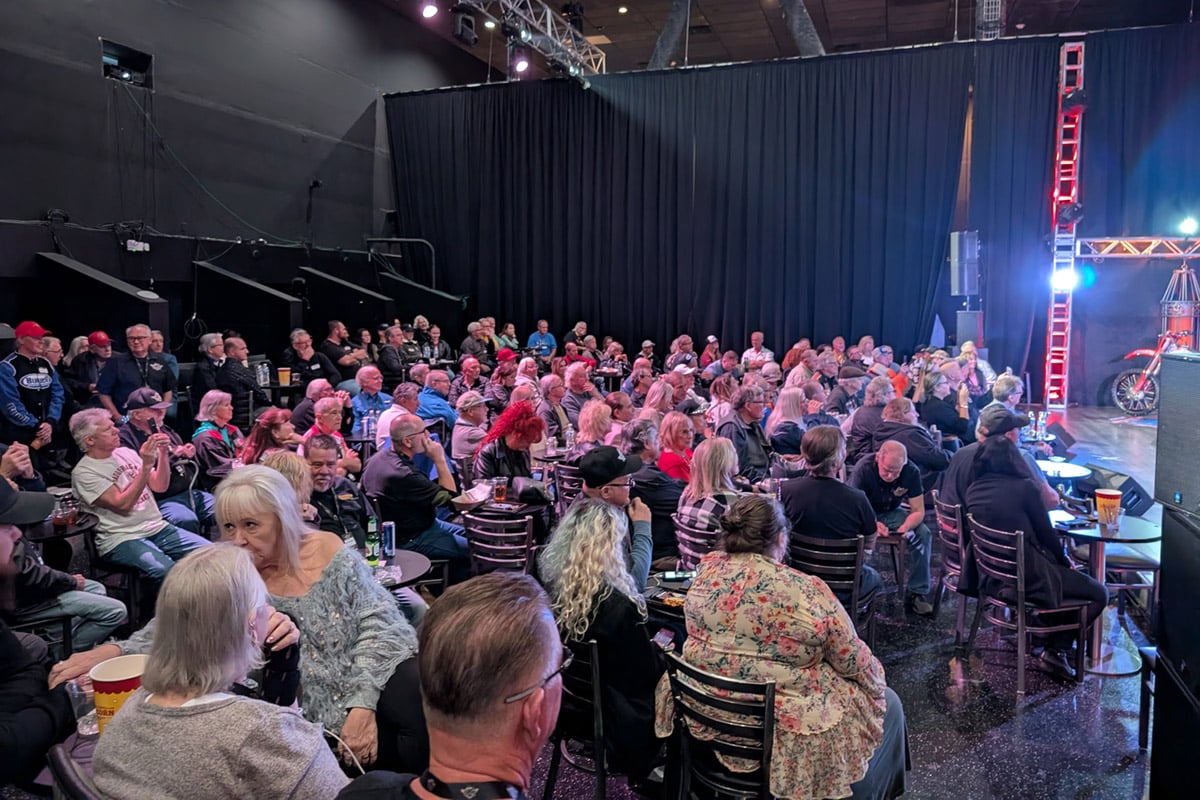

Comments are closed.